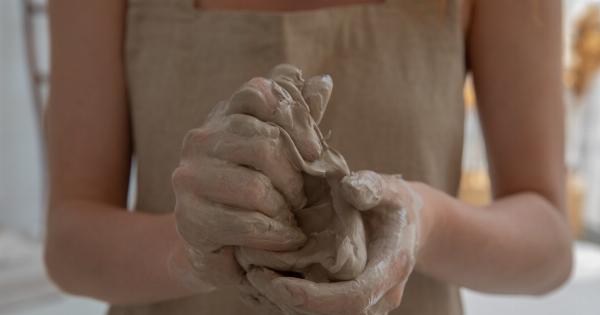Childbirth is a significant event in a woman’s life, and every mother-to-be desires a calm and gentle approach to labour. One method that has gained popularity in recent years is water birth.
Water birth involves giving birth in a tub or pool of warm water. This article explores the benefits, process, and considerations of water birth, providing expectant mothers with valuable information to make an informed decision about their birthing experience.
The Benefits of Water Birth
Water birth offers numerous benefits for both mother and baby. The warm water provides relaxation, soothing the mother and reducing stress and tension during labour.
Buoyancy in the water also makes movement easier, allowing women to change positions comfortably, promoting progress in the birthing process.
Water birth has been found to reduce the intensity of contractions, making them more bearable. With the buoyancy of water, the mother experiences less pressure on her back, pelvis, and abdomen, providing relief from pain.
This natural pain relief has made it appealing to many expectant mothers seeking a drug-free birth experience.
The water environment creates a sense of privacy and calm, supporting an undisturbed and intimate birthing experience.
The water also mimics the familiar surroundings of the amniotic fluid, creating a gentle transition for the baby from the womb to the outside world.
The Process of Water Birth
Before opting for water birth, it is crucial to consult with a healthcare professional, such as a midwife or obstetrician, who can evaluate individual circumstances and determine eligibility. If approved, certain steps are followed for a water birth.
Firstly, a suitable birthing pool or tub is prepared. The temperature of the water is regulated between 93-100 degrees Fahrenheit (approximately 37-38 degrees Celsius).
It is essential to maintain an appropriate water temperature to ensure the comfort of both mother and baby.
Once the mother enters the water, she can freely move around and change positions while being supported by her birth partner, midwife, or doula. The soothing nature of the water aids relaxation and facilitates the progression of labour.
During the birthing process, the mother can choose to give birth in the water or move out of the pool a few moments before delivery, depending on her comfort level and preference.
If the baby is born in the water, the midwife or healthcare professional will gently lift the baby out of the water, ensuring its umbilical cord remains intact until it stops pulsating.
Considerations and Precautions
Although water birth offers several benefits, it is important to consider certain factors and precautions before making a decision.
While water birth is generally safe for healthy, low-risk pregnancies, it may not be recommended in some cases, such as preterm labour, maternal infection, excessive bleeding, or certain medical conditions.
It is crucial to ensure proper hygiene and cleanliness of the birthing pool or tub. Regular maintenance and disinfection are necessary to prevent infections or complications. The water should be tested regularly to maintain appropriate levels of hygiene.
It is advisable to have a professional healthcare provider, such as a midwife or obstetrician, present during a water birth to monitor both the mother and baby and manage any potential complications or emergencies that may arise during the process.
Each woman’s birthing journey is unique, and it is essential to have a backup plan in case a water birth becomes unfeasible or undesirable.
Preparing for alternative birthing options, such as a land birth or partial water immersion, ensures flexibility and adaptability during the labour process.
Post-Water Birth Care and Recovery
After the water birth, the mother and baby are typically assisted out of the birthing pool or tub.
The healthcare professional then guides the mother to a comfortable area to deliver the placenta and assess any tears or possible complications that may require medical attention.
Water birth has shown to promote relaxed muscles and perineal tissue, potentially reducing the risk of tearing, though this may vary for each individual. Adequate post-birth care and hygiene are essential to prevent infections and promote healing.
The mother and baby can often begin breastfeeding soon after the birth, benefitting from the natural hormones released during the water birth.
This skin-to-skin contact and early initiation of breastfeeding establish a strong bond and contribute to successful breastfeeding in the long run.
Emotional and Psychological Impact of Water Birth
The experience of water birth can have a profound emotional and psychological impact on the mother.
Giving birth in a calming and supportive environment promotes a sense of empowerment, enhancing the mother’s self-confidence and trust in her body’s ability to birth naturally.
The intimate setting of water birth fosters a sense of connection between the mother and her birth partner, midwife, or doula.
The support received during this gentle approach to labour strengthens the bond and promotes a positive birth experience for all involved.
Conclusion
Water birth is a gentle and calming approach to labour, offering numerous benefits for expectant mothers and their babies. The soothing water environment promotes relaxation, pain relief, and privacy during the birthing process.
It allows for movement and position changes, potentially aiding progress in labour. However, it is important to consider individual circumstances, consult with healthcare professionals, and make an informed decision.
Water birth can provide an empowering and intimate birthing experience, impacting the emotional and psychological well-being of both mother and baby.






























